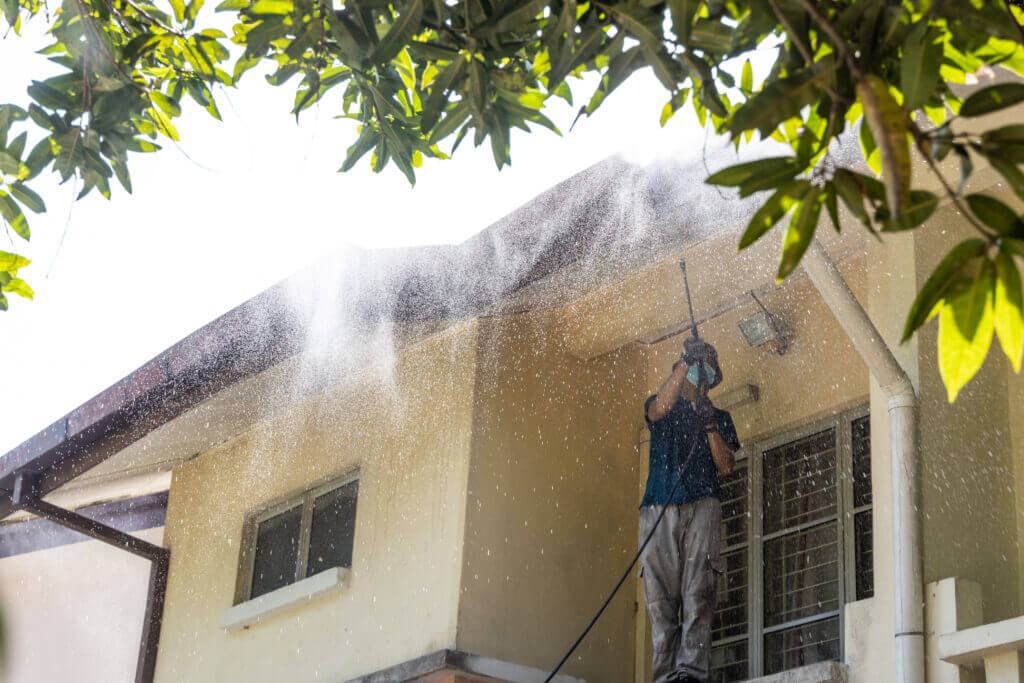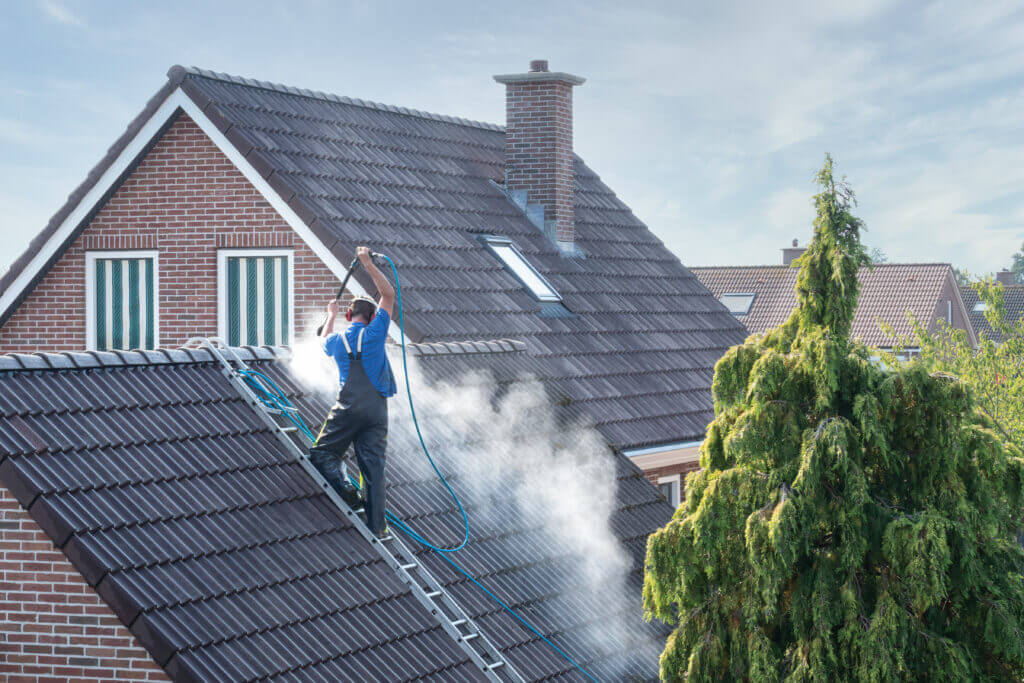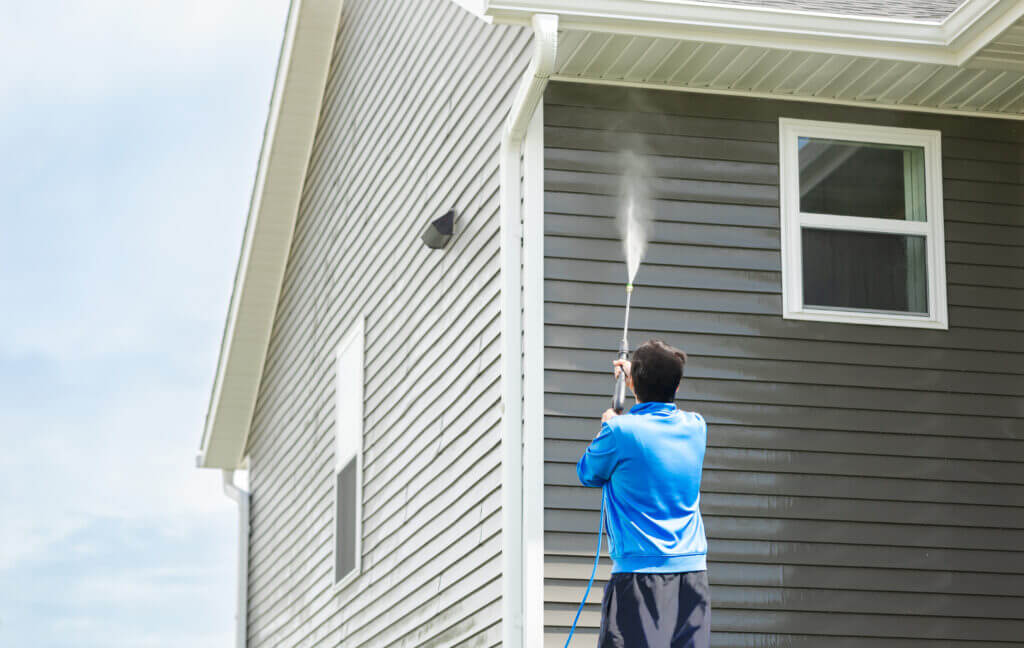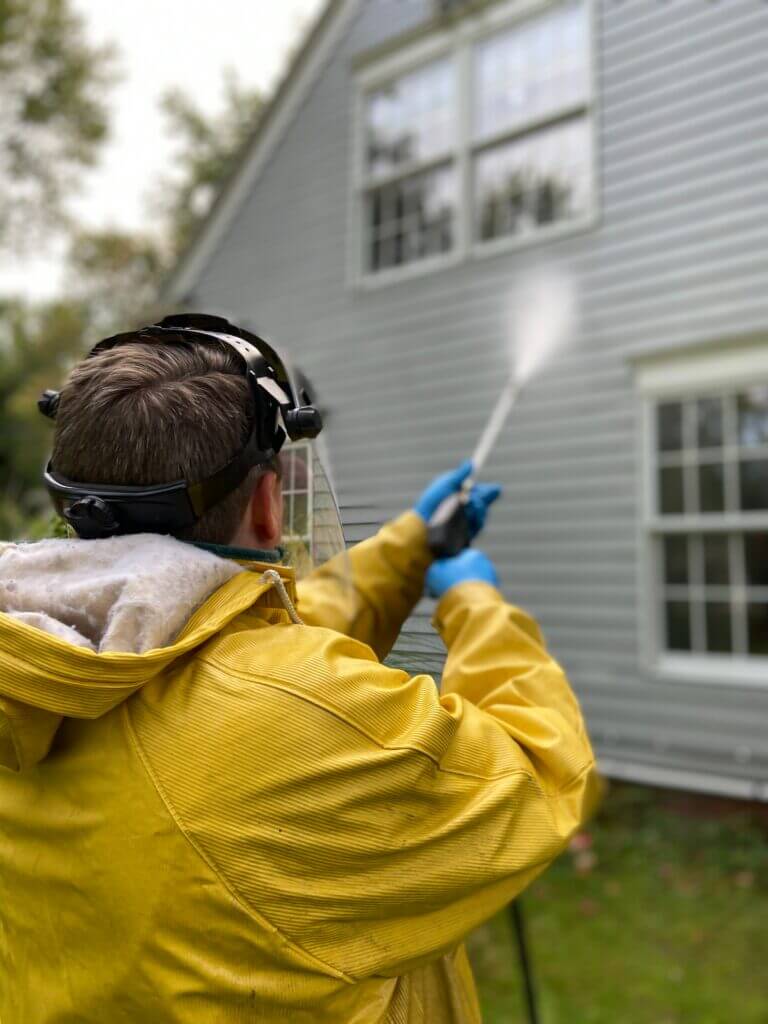How Much Water Does a Pressure Washer Use?
Introduction
In the world of outdoor cleaning, pressure washers have become indispensable tools. They efficiently blast away dirt, grime, and stains from various surfaces, leaving them looking fresh and rejuvenated. However, one common concern among users is the amount of water these powerful machines consume. In this comprehensive guide, we delve into the intricacies of water usage with pressure washers, exploring factors that influence consumption and tips for maximizing efficiency.
Explanation of pressure washers
Pressure washers are mechanical devices that utilize high-pressure water spray to remove dirt, grime, dust, mud, mold, paint, and other unwanted substances from surfaces. Due to their effectiveness and efficiency, they are widely used in both residential and commercial settings for various cleaning purposes.
Importance of water usage in pressure washing
Water is a crucial component in pressure washing as it is the medium through which the cleaning action occurs. Understanding the importance of water usage involves considering factors such as conservation, efficiency, and environmental impact, which will be explored further in this discussion.
Understanding Water Consumption
Determining Factors
The water usage of a pressure washer depends on several key factors:
Pressure Washer Type and Power
The water consumption of pressure washers is influenced by their type and power, with gas-powered models typically utilizing more water compared to electric ones. This discrepancy arises from the higher pressure output of gas-powered models, necessitating more water to achieve effective cleaning results.
Nozzle Size and Pressure
The diameter of the nozzle and the level of pressure exerted play crucial roles in determining the rate of water flow. Utilizing smaller nozzles and cranking up the pressure settings invariably leads to escalated water consumption due to the heightened force and restricted aperture through which the water travels.
Duration of use
The duration of operation directly correlates with water consumption when using a pressure washer, particularly noticeable when tackling extensive surfaces or heavily soiled areas. Extended periods of use amplify the volume of water utilized, highlighting the significance of efficient time management during pressure washing tasks.
Cleaning Task
In the realm of cleaning tasks, heavy-duty jobs such as removing stubborn stains or cleaning large surfaces typically necessitate higher water pressure and flow rates to tackle dirt and grime effectively. Conversely, lighter cleaning tasks like washing delicate surfaces or rinsing small areas may require gentler water pressure and lower flow rates to avoid damage and achieve optimal results.
Calculating Water Usage
To estimate water usage for a pressure washer, you’ll need to take into account both the flow rate, measured in gallons per minute (GPM) and the duration of use. Multiply the GPM by the number of minutes the pressure washer operates to determine the total water consumption during that period. This calculation helps you understand the overall water usage, which is crucial for conservation efforts and resource management.

Typical Water Consumption Rates
Residential pressure washers
Low-pressure models
Low-pressure residential pressure washers are designed to clean surfaces efficiently with less water usage, making them ideal for environmentally conscious consumers. Their gentle yet effective cleaning power makes them perfect for tasks like washing vehicles, patio furniture, and decks without causing damage. These washers offer a balance between water conservation and effective cleaning, making them a popular choice for light-duty cleaning needs around the home.
Medium-pressure models
Medium-pressure residential pressure washers offer an optimal equilibrium between water consumption and cleaning effectiveness, rendering them versatile for various domestic cleaning tasks. With their moderate pressure levels, they excel in revitalizing surfaces such as siding, driveways, and sidewalks without causing damage. Their adaptability and efficiency make them an ideal choice for homeowners seeking effective yet gentle cleaning solutions for their exterior surfaces.
High-pressure models
High-pressure residential pressure washers are engineered to deliver significant cleaning force, making them ideal for tackling stubborn dirt and grime on surfaces such as driveways, decks, and siding. Their robust design allows them to efficiently blast away tough stains, mold, and mildew, providing a thorough clean. However, due to their high-pressure output, these washers typically consume a higher volume of water per minute compared to standard models, making water conservation practices important during their use.
Commercial and industrial pressure washers
Heavy-duty models
Commercial and industrial pressure washers, renowned for their superior power and efficiency, are indispensable tools in professional cleaning services and industrial settings. Their heightened water consumption rates are a direct result of their ability to swiftly and effectively tackle extensive cleaning projects on a large scale. Despite their higher water usage, these models remain essential for maintaining cleanliness and hygiene standards in demanding environments where thorough cleaning is paramount.
Ultra-high-pressure models
Ultra-high-pressure pressure washers are specialized industrial units designed to deliver water streams at exceptionally high pressures, often exceeding 30,000 pounds per square inch (PSI). These machines are primarily utilized for cutting through rigid materials and coatings, such as concrete, paint, and rust, with remarkable precision and efficiency. However, their operation entails high water consumption rates to sustain their cutting effectiveness, making them suitable for specific industrial applications where precision cutting is required.
Tips for Efficient Water Usage
Choose the Right Equipment
Selecting a pressure washer with an appropriate Gallons Per Minute (GPM) rating is crucial for minimizing water wastage during cleaning tasks. By matching the GPM rating to your specific cleaning needs, you ensure that enough water is being used to remove dirt and grime effectively without excessive waste. This not only conserves water but also optimizes the efficiency of the pressure washer, resulting in a more environmentally friendly and cost-effective cleaning solution.
Use Correct Nozzle and Pressure Settings
Matching the appropriate nozzle size and pressure setting to the task at hand is crucial to optimize water usage and efficiency while avoiding potential damage. For functions requiring gentle cleaning or watering delicate plants, smaller nozzles and lower pressure settings are suitable to prevent unnecessary force. Conversely, tasks such as removing tough stains or debris may require larger nozzles and higher pressure settings to ensure effective cleaning without excessive water consumption. It’s essential to strike a balance between nozzle size and pressure to achieve optimal results while conserving water resources.
Avoiding unnecessary wastage
Practicing efficient cleaning techniques during pressure washing operations is essential for minimizing water wastage. By avoiding excessive overlapping strokes, operators can ensure that each area is thoroughly cleaned without unnecessary repetition. Additionally, using targeted spraying focuses the water on the specific areas requiring cleaning, further reducing water consumption while maintaining effectiveness. These strategies not only conserve water resources but also contribute to more environmentally sustainable pressure-washing practices.
Employ Proper Technique
Maintaining a consistent distance between the pressure washer nozzle and the surface being cleaned is crucial for achieving optimal results. Moving too close to the surface can lead to water splattering and potential damage, while staying too far away may prolong the cleaning process due to reduced effectiveness. Finding the right balance ensures efficient cleaning and helps prevent any unnecessary mess or potential harm to the surface being treated.
Recycle Water Where Possible
Utilizing rainwater or recycled water for pressure washing tasks offers a sustainable solution to reduce dependence on potable water sources. By installing a rain barrel or implementing greywater systems, individuals can effectively repurpose water that would otherwise go to waste. This not only conserves precious drinking water but also promotes eco-friendly practices by utilizing alternative water sources for non-potable tasks.


Environmental Impact
Effects of water usage on local ecosystems
Excessive water usage in pressure washing exacerbates the risk of water wastage and runoff, posing a significant threat to local ecosystems. The runoff from pressure washing can carry pollutants, such as detergents, chemicals, and debris, into nearby water bodies, disrupting aquatic habitats and endangering marine life. This pollution not only compromises water quality but also disrupts the delicate balance of local ecosystems, leading to long-term ecological disturbances and potential harm to biodiversity.
Comparison with other cleaning methods
Pressure washing typically uses less water compared to traditional hose-and-bucket cleaning methods due to its high-pressure stream efficiency in dislodging dirt and grime. However, pressure washing can have a higher environmental impact due to the potential for chemical runoff into water systems if harsh detergents are used. Alternatives like chemical cleaning may use fewer resources. Still, they can pose risks to ecosystems if not appropriately managed, necessitating a careful balance between water conservation and minimizing chemical pollution when choosing a cleaning method.
Potential regulations and guidelines
Government regulations and industry guidelines play a crucial role in mitigating the environmental impact of pressure washing by setting standards for water usage and waste disposal. These regulations emphasize the importance of adopting responsible and sustainable practices such as using water-efficient equipment, capturing and treating wastewater, and employing eco-friendly cleaning solutions. By adhering to these guidelines, pressure-washing businesses can minimize their ecological footprint and contribute to preserving water resources and environmental quality.

FAQs (Frequently Asked Questions)
How much water does a pressure washer typically use?
On average, pressure washers consume around 2 to 4 gallons of water per minute, depending on the model and cleaning task.
Can I use hot water with a pressure washer?
Yes, some pressure washers are equipped to handle hot water. However, it’s essential to check the manufacturer’s guidelines to ensure compatibility.
Are there any eco-friendly alternatives to traditional pressure washers?
Yes, eco-friendly pressure washers that use less water or operate on alternative power sources, such as solar or battery, are available in the market.
How can I minimize water wastage when pressure washing?
To minimize water wastage, opt for a pressure washer with a lower GPM rating, use efficient nozzle sizes, and employ proper cleaning techniques.
Can I reuse wastewater from pressure washing?
In some cases, wastewater from pressure washing can be filtered and reused for non-potable purposes, such as watering plants or cleaning outdoor surfaces.
Are there any regulations regarding pressure washer water usage?
Regulations regarding pressure washer water usage may vary depending on location and environmental considerations. It’s advisable to check local guidelines and restrictions before using a pressure washer.
Conclusion
Understanding pressure washer water consumption is crucial for efficient and sustainable cleaning practices because it allows users to minimize waste and conserve water resources. By selecting the right equipment with appropriate pressure and flow rates tailored to specific cleaning tasks, users can achieve optimal results while reducing water usage. Additionally, incorporating eco-friendly alternatives such as biodegradable detergents can further enhance cleaning efficiency while minimizing environmental impact.
Remember: A clean house is a happy house!
